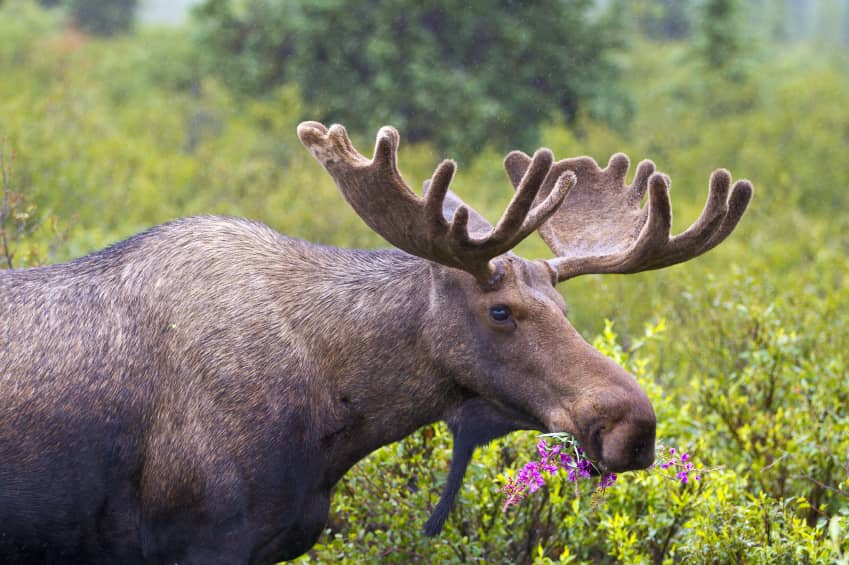Trophy Quantity vs. Quality: Today’s Hunter Has Both
Boone and Crockett Club 02.03.13

New research shows that Boone and Crockett-class trophies have become more plentiful, and that average scores of record entries have declined by only insignificant amounts, over time.
Researchers studied trends in the size of trophy horns and antlers using Boone and Crockett Club records. Results, published by The Wildlife Society in the Feb. 2013 issue of Wildlife Monographs, did show that trophy size of North American big game declined in 14 of 25 categories, but only by an average of 1.87 percent for antlered species and 0.68 percent for horned species, between 1950 and 2008.
“There is no evidence that this small decline in size is of biological significance,” said research co-author Jim Heffelfinger, a biologist for the Arizona Game and Fish Department, “especially when weighed against the great conservation gains accomplished through the regulated harvest of big game species. The North American Model of Wildlife Conservation has proven to be an unparalleled success, owing to the contributions of sportsmen and women.”
Researchers concluded that slight declines in trophy quality are most likely explained by a gradual reduction in male age structures resulting from more intensive harvest of males. If so, state wildlife agencies could implement management strategies to reverse the trend, but such decisions may come with a loss of hunting opportunity.
The newly published study was conducted by a team of six scientists from Idaho State University, University of Montana, Arizona Game and Fish Department and California Department of Fish and Game, all led by Dr. Kevin L. Monteith of the University of Wyoming. The group analyzed a 108-year dataset comprising 22,000 records across 25 categories of wild, native North American big game trophies.
The Boone and Crockett Club has maintained such records, dating back to before the publishing of its first records book in 1932, to provide a valuable dataset for assessing long-term trends in physical characteristics of big game species. These records provide conservationists with valuable information for a great variety of comparative management and research purposes.
Overall B&C record entries have increased over time, dramatically so in recent decades. For example, Boone and Crockett received a total of 119 trophy entries in 1950, followed by 402 in 1960, 355 in 1970, 349 in 1980, 843 in 1990, 1,244 in 2000 and 1,508 in 2010. This amounts to a 1,167.22 percent increase in trophy entries between 1950 and 2010.

